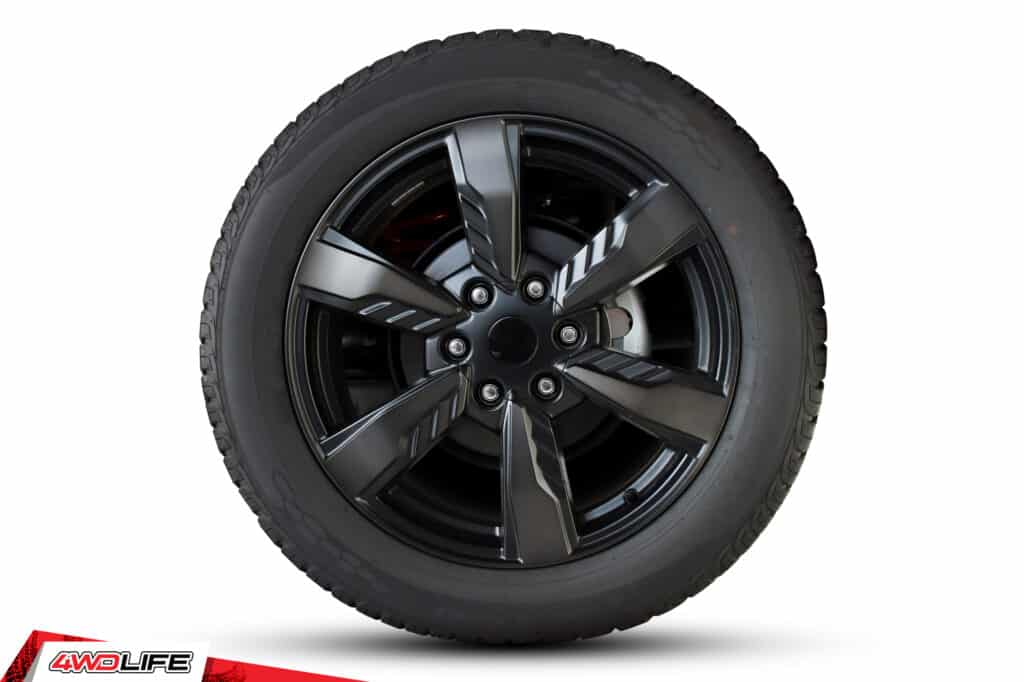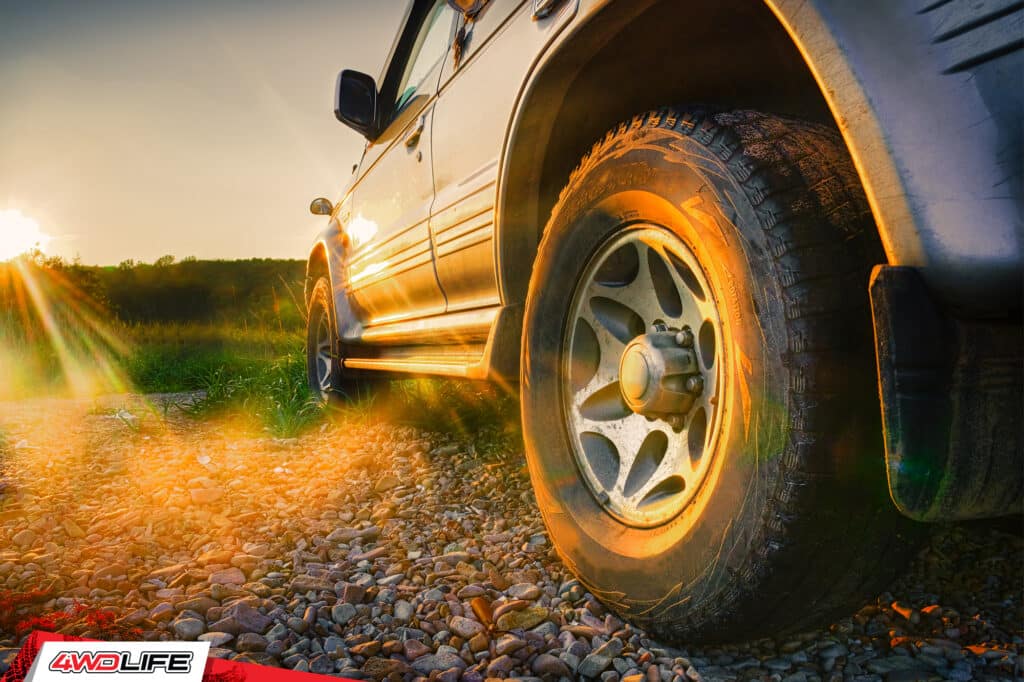
Tires are vital to vehicle safety. They’re rated and marked for various specifications, including dimensions, longevity, traction speed, and temperature. The ratings are stamped on a tire’s sidewall. They’re written in code, but you can decode them.
Generally, tire speed ratings indicate the safe operating speed limits. Each tire is specifically certified to perform to certain speeds. For most passenger vehicles, you may usually encounter the T vs. H speed rating. Tires with T speed ratings can withstand maximum speeds of 118 mph or 190km/h, while H-rated tires can support top speeds of 130 mph or 210km/h.
If you’ve been wondering what the T or H speed rating implies, read on to find out more.
What Do the Numbers and Letters on a Tire Mean?
You will find your tire’s speed rating on the tire’s sidewall alongside a string of other letters and numbers. Apart from the speed rating, other codes denote the aspect ratio, radial construction, and tire load. The tire speed rating, including the speed rating H vs. T, is the last letter on the tire sidewall.

For instance, if your tire has the code “205/80 R16 104T M+S ” on the sidewall, it means:

If your tire’s sidewall doesn’t have the last letter, you can check your vehicle’s recommended tire specifications in its manual.
What Does T Stand for in Speed Rating?
Tires with a T speed rating can support maximum speeds of 118mph. This means driving beyond 118mph with these tires is not safe. T-rated tires are best for slow drivers and do not provide good cornering, handling, changing direction, and braking. They are also not a good choice for roads with high friction.
What Does H Stand for in Speed Rating?
H-rated tires can withstand vehicle speeds of 130mph without affecting their performance. These tires can perform safely and remain controllable up to 130mph or 210km/h. However, you won’t enjoy the most from this tire, and it may not last long if you drive your vehicle at speeds above 130mph.
Tires with H speed ratings are best for those who drive at mid-range speeds and need better handling, cornering, and sudden braking. They also resist heat better and support mid-range friction.
What’s The Difference Between T and H- Rated Tires?
T vs. H rated tires have some differences. To begin, H-rated tires are 12mph faster than T-rated tires. While this might not make much difference, H-rated tires generally perform better at all speeds than T-rated tires.
T-rated tires are best for those who drive below mid-range speeds. As such, they are commonly used by light trucks and other vehicles that can’t possibly surpass the tire’s maximum speed. On the other hand, H-rated tires are used by crossovers, sedans, and SUVs. They provide better handling, braking, and cornering and faster acceleration.
T and H tires also handle heat differently. H-rated tires can endure more significant friction levels than T tires, regardless of the speed. H-rated tires also offer excellent heat resistance over T tires by a margin.
Generally, H tires are generally better than T-rated tires performance-wise. However, these differences might not mean much because most people don’t drive beyond 118mph on public roads and in daily commutes or off-road.

What Other Speed Ratings Are There?
While there are different speed ratings, the modern speed rating system uses alphabetical letters from A through Z, with each letter corresponding to specific speeds. The tire speed increases as the rating advances alphabetically. For instance, N-rated tires can support higher speeds than L-rated tires.
H is a bit of an anomaly since it is rated for higher speeds.
Other speed ratings include:

Ratings Matter
The speed rating is an essential consideration for anyone buying new tires. You should know the maximum speed the tire can handle safely. Ignoring these guidelines and driving above the speed limit shortens your tire lifespan, decreases steering response, and stopping power. You’ll be risking your safety should you subject your tires to conditions beyond their specifications.
However, note that a high tire speed rating doesn’t necessarily mean the tire is better. There are a few exceptions, especially based on tire construction. For instance, you’ll be surprised that L-rated off-road tires are girthy, very powerful, and work perfectly in sandy and muddy road conditions. It’s best to pick a tire that fits your intended usage.
Keep in mind that tire speed ratings are also only valid for brand-new tires. Performance degrades as tires age.
